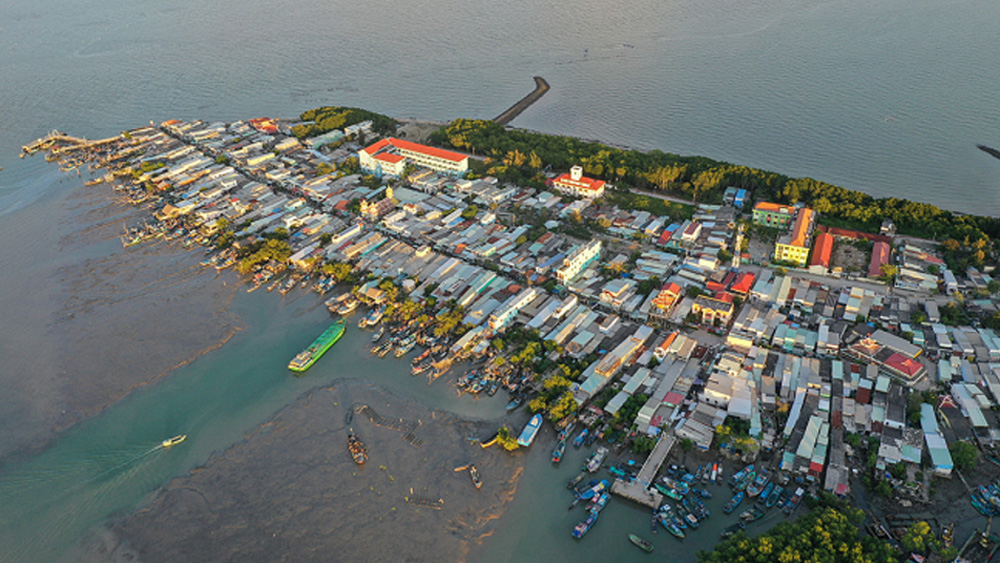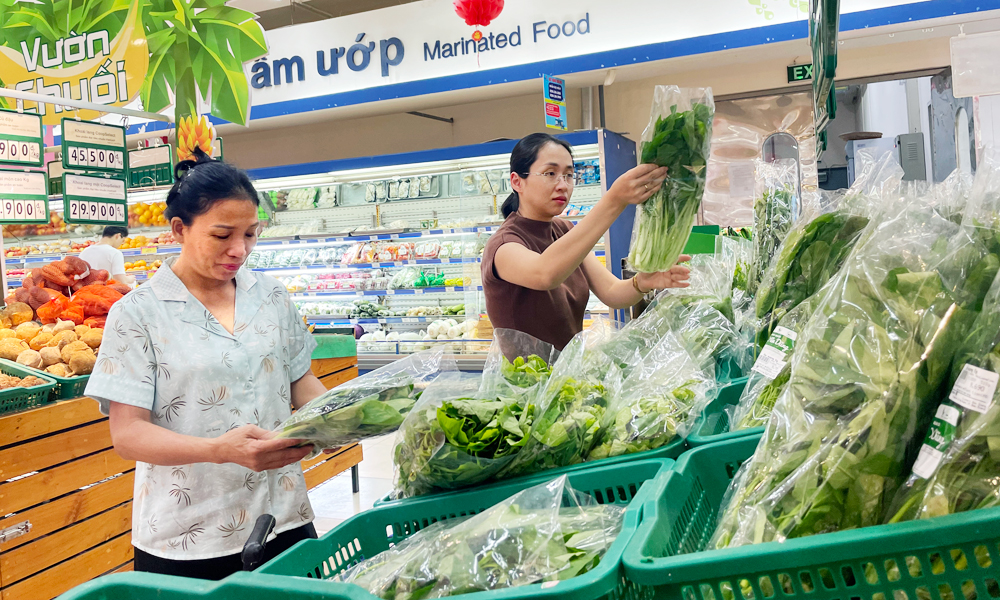New HCMC port to be major economic boon
According to a document on the construction of the Can Gio Port, sent from the Ho Chi Minh City Department of Transport to the municipal People's Committee for submission to the prime minister, the port would span over 7 km and be capable of receiving the heaviest container ship available today (at 250,000 DWT), as proposed by container shipping company MSC.
 |
|
Aerial view of a section of Thanh An Commune in HCMC's Can Gio District. |
The project would be built at Phu Loi Island, part of the Cai Mep estuary, and would cost around $5.45 billion. The project would be divided into seven phases, with the first phase to be completed in 2027 and the whole project in 2045.
The port is expected to be a major boon to the local and national economies, contributing some VND34-40 trillion to the national budget every year once construction is complete in 2045, the construction department said.
Various taxes and fees would make up the majority of the funds funneled into the state coffers.
The port would also attract investments from businesses and create jobs for around 6,000-8,000 employees at the port directly, along with tens of thousands of other people working indirectly elsewhere in logistics.
The amount of goods passing HCMC ports is expected to increase over 5% on average until 2030, with the amount of containers increasing by 6%, according to the municipal transport department.
Meanwhile, container systems at seaports have already exceeded their capacity.
The construction of the Can Gio Port would therefore boost the city’s seaport system, creating competitive advantages with other countries, as well as providing breakthroughs for the development of Vietnam’s maritime economy.
By 2030, the port’s capacity is expected to reach 4.8 million teu, and 16.9 million teu by 2047.
For connectivity, HCMC will build the Can Gio Bridge to connect the Can Gio Port area with the metropolis’ southern transport hub Nha Be District.
The city will also upgrade several bridges on Rung Sac Road to connect the road with the Ben Luc-Long Thanh expressway, the longest in southern Vietnam, in Binh Khanh Commune.
Authorities are also looking into building an elevated road running along the Rung Sac Road to connect to the Ben Luc-Long Thanh expressway intersection.
With the arrival of the Can Gio Port, after 2030 there would be an urban railway running along Rung Sac, connecting the Can Gio sea urban area with HCMC’s fourth metro line (Thanh Xuan-Hiep Phuoc urban area) in Nha Be District, the construction department said.
Source: VnExpress
 Bắc giang
Bắc giang














Reader's comments (0)